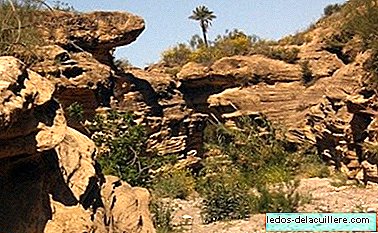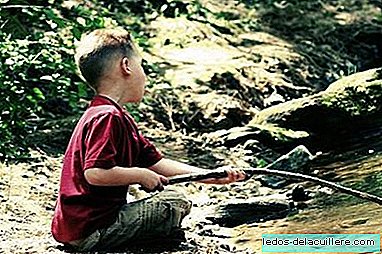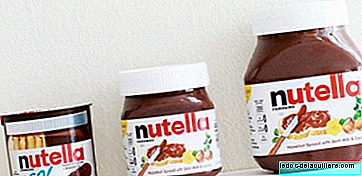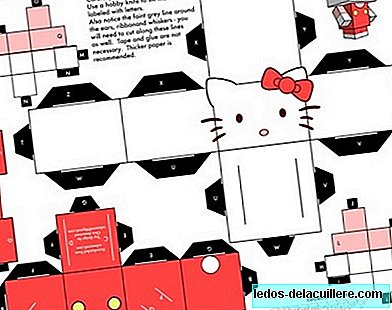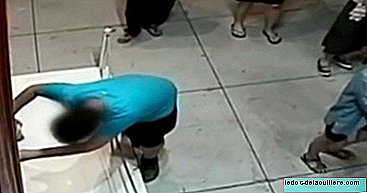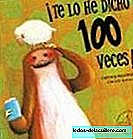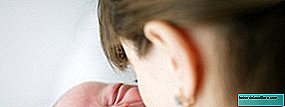
I was fascinated by the project of Time in a can (the time seen from a can) and I have encouraged to tell it here. And it is that although it is not very specific for children it seems to me that some bold and eager father to experiment can dare to perform an exercise similar to the one they have launched since the Round Study.
All children born in the 21st century no longer know what an analog camera is because for them everything is digital. And more and more things are for them. However, in the 19th century photography began as a technique based on how to capture the light in a specific space in the same way that painters captured reality using their brushes. At that time it was experimented with the dark chamber, a small opaque box in which a tiny hole let in the light that was captured in a photosensitive paper leaving a special image. There is a lot of literature about this technique used in this type of cameras, called pinhole, and for a child it can be fascinating to understand and experience the process at home.
And that is what the Round Study. The project has been to make a tiny hole, you can see on the page the manufacturing process and size with an electron microscope, in 200 perfectly polished cans. Those 200 pinhole cameras were filled with photosensitive paper and placed in strategic locations around the world. For this, the collaboration of 40 photo professionals who located them in the northern and southern hemispheres of the Earth and allowed them to receive light for six months!
This video shows the process of working with the cans before being sent to the photographers:
The results are spectacular and show, very clearly, what is the trail that the sun makes in the sky throughout that period, which goes from the winter solstice 2011 to summer 2012. The photos are solarigraphs and the lines that are seen are the trail left by the sun. It can be seen that the sun sets a lot in winter and rises in summer making winter days much shorter than in summer.
The cameras were placed outdoors, with the appropriate orientation to be able to obtain the images of the traces of the sun. It's a shame because it seems that many cameras have been subjected to vandalism, what do I say that there is pleasure in throwing stones at a can or kicking it. The fact is that not all survived although those that did showed fascinating results and that you can not miss in the gallery of the project page.
To illustrate the page I have chosen the image of Georgina Shaw who did it in Wellington, in New Zealand. He pointed north and left it for six months. The photographic paper is Ilford MGIV-RCW and the size is 14.5 x 15.5 cm. The edges of the image are black because the light hardly reached them through the hole so they could not be sensitized and therefore do not show image.
I have seen that there are many pages to explain how a pinhole camera is made. I loved this one that I have seen in Naturpixel or the one that our companions of XatakaFoto have that includes even a cut-out in pdf to build a beautiful Hasselblad.


